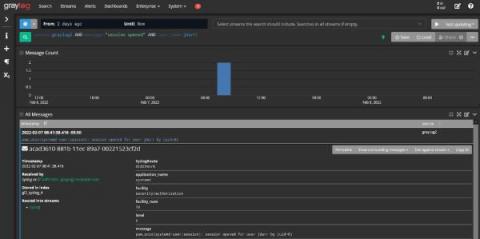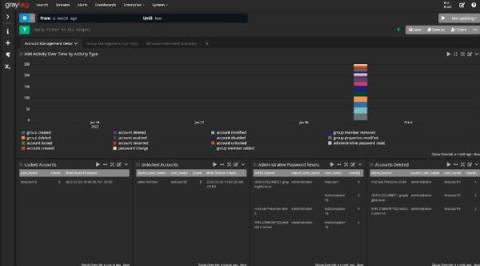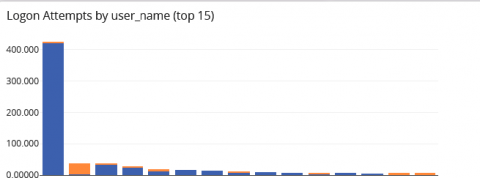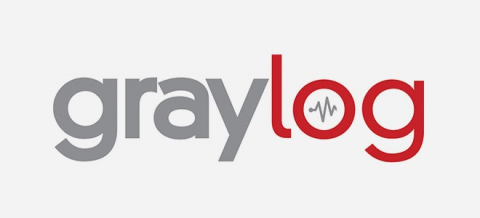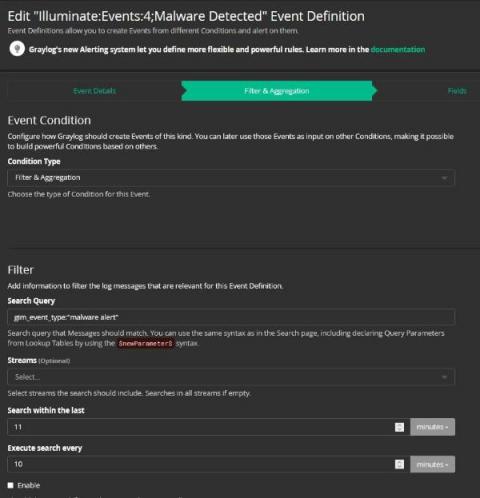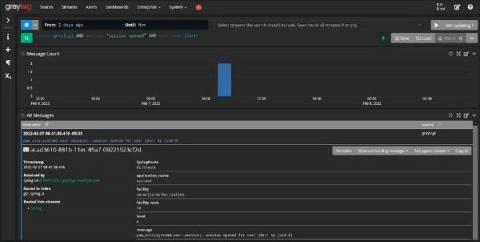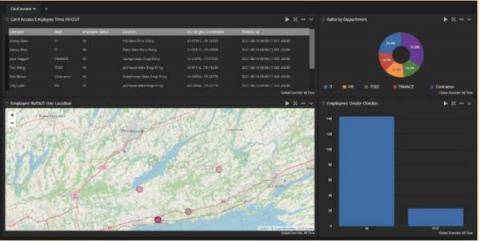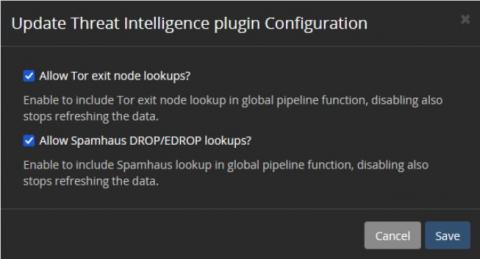Using Log Management as a Security Analytics Platform
With the rising tide of data breach awareness, your senior leadership is asking you to mitigate cybersecurity risk with security analytics. You’ve built up the use cases and started researching different platforms. Then, you realized: you’re not sure you have the budget. The typical security analytics platforms come with upfront technology costs as well as the “hidden fees” associated with training your team members. You know you need to use analytics to help mitigate risk.


